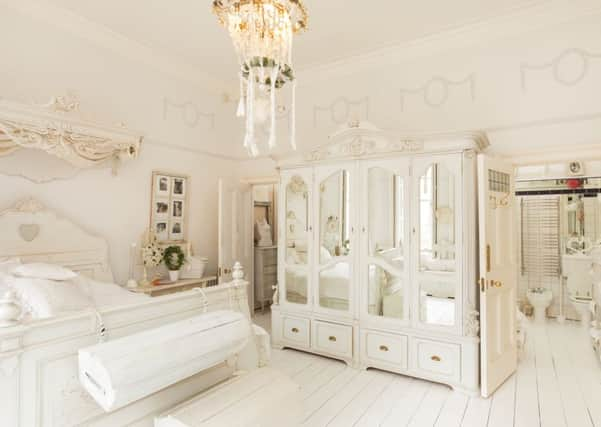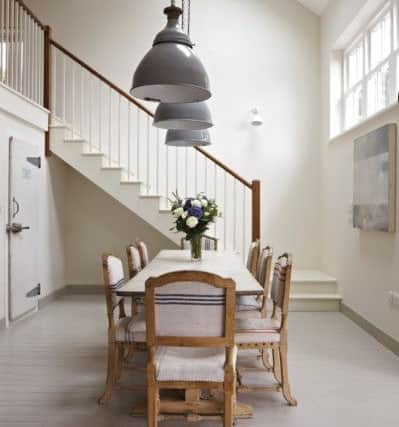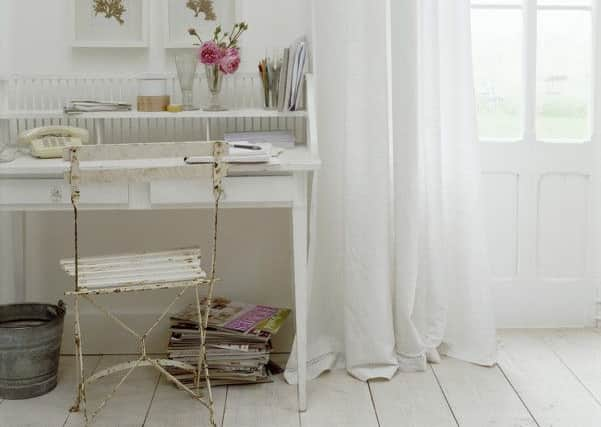A whiter shade of pale


Our love affair with white paint has become much more intense and complicated over the last few years.
In the early days it was very simple. We identified white as “the one” for its bright, light qualities and the fact it was always significantly cheaper than coloured paint. There were two choices: matt emulsion or the slightly shiny satin.
Advertisement
Hide AdAdvertisement
Hide AdWe still adore it and use it more liberally than ever, though it comes in a confusing array of shades and finishes.


Farrow and Ball has at least 20 tones and they are all best-sellers. As if that weren’t enough, The White Paint Factory has popped up with 108 shades in everything from chalky matt, matt, eggshell, satin, gloss and masonry paint.
David Wells, the company’s marketing man, says: “We have created a graduated scale for each shade of white from the most subtle hint at one end to the deepest at the other. Then we have pushed it as far as it could go to still be considered as an off-white before it becomes a colour. There are 12 variations within nine tonal families of cream, beige, lilac, pink, sage, aqua, yellow, blue and grey, thus making up the 108 shades.”
Whatever you choose, remember that light can have a dramatic effect on white because it is very reflective. This is why you will find that the same shade looks darker in some rooms.
Advertisement
Hide AdAdvertisement
Hide AdTry not to rely on guess work. Tester pots are a must and if you are still unsure seek advice from an interior design store that stocks good quality paint. Farrow and Ball stockists and its stand-alone shops are well-informed and helpful.


Sarah Cole, a director of Farrow and Ball, has this advice:
*When decorating north-facing rooms, avoid off whites with a green or grey base as these will make the room seem darker. Instead choose yellow-based, creamy neutrals.
*South-facing rooms have a good quality of light so you can choose either warm or cool colours. Whites with blue hues create a seaside feel, while red-based neutrals such as “Joa’s White” create a warmer and more sophisticated feel. You can use a fairly bright white on the woodwork and ceilings to create a crisp and fresh look.
*The light in east-facing rooms can appear to be a little blue, so it is best to work with this and choose green or blue tones To retain some warmth, look at pale duck egg colours, such as “Pale Powder” and “James White”, which will really come alive in morning sunlight.
*White walls are natural light reflectors and this is particularly true in west-facing rooms, where white will bring an airy feeling. Try “Wimborne White” or greyer neutrals such as “Slipper Satin”